Resource requirements
Introduction
This page provides an overview of the data input requirements to adhere to our software's optimal result.
This is relevant for all companies that will source their data for creating personalized or made-to-measure products through our Twikit-software.
Contents
Delivering data
Intro
Efficiently sharing files (like CAD data) can be complex. They can become too heavy for email and sharing them through services like WeTransfer, Drive or Dropbox aren’t always the safest options.
If you already have a dedicated filesharing platform in place, we can use that system. If you do not have such a system in place, we do have one in place ourselves that we can use.
How to
At Twikit we use our TwikBox system, which is a secured file-sharing platform. If you haven’t received access yet, ask your contact person at Twikit to set it up if needed.
TwikBox is very similar to a Shared Dropbox or Drive but hosted on our SharePoint environment. You will have access to a shared folder where a whole tree of folders with content can exist and is synced between you and your contact. Multiple people from your organization and Twikit can have access to this folder with edit and/or view rights.
The (folder) structure of each TwikBox can be defined between the parties. Remember that structure makes life easier. We don’t get automatic notifications if something has changed, so always notify your contact if you added a file and want us to take a look at it.
3D data
Intro
3D data is used a lot at Twikit. The visualization in the configurator works based on meshes and if the product is 3D printed or a 3D file is needed as an output, also the production files will be based upon meshes.
Definition of a mesh:
A mesh in 3D computer graphics is a collection of vertices, edges, and surfaces that define an object. For more info about meshes specifically, visit the Wikipedia page.
TwikBot, the Twikits core engine, works best if these meshes comply with certain requirements. Also, when certain 3D files are visualized in the browser, they first need to get downloaded from the cloud to the device the configurator is used on. The larger the file size, the longer it will take to download, which can lead to the configurator feeling slower.
Requirements
Category | Requirements | |
Filetype | Recommended: .3dm (+ .gh), .3ds, .blend, .fbx, .step Minimum: .obj, .stl | |
Scale | Correct scale needed for production | |
Mesh (.obj or . stl) specific requirements | ||
Visualization purpose | Production purpose | |
|---|---|---|
Characteristics |
|
|
Mesh (as an obj) file size | Max 5Mb | Max 30Mb |
Topology | Topology and polygon count optimized for visualization | Topology and polygon count optimized for production |
Digital materials |
| Not applicable |
Examples | 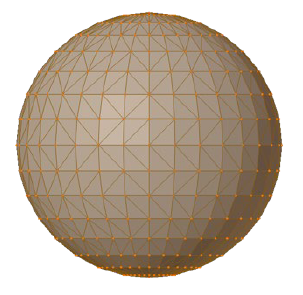 | 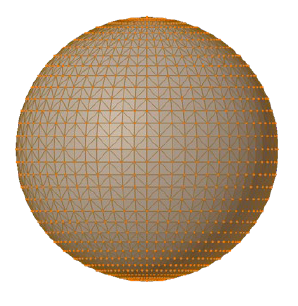 |
Rhino (.3dm) & Grasshopper (.gh) specific requirements | ||
Rhino data | Include the Rhino file or internalize all needed data in the grasshopper file | |
Plugins | Add a list of used plugins | |
Readability |
| |
Blender (.blend) specific requirements | ||
External data | Pack all external data into the .blend file. | |
2D data
Intro
2D data can be used for multiple purposes. It could be you want to add predefined logos or patterns of some sort to your product. They are either used as digital material resources or as production templates.
Requirements
Category | Requirement |
|---|---|
Icons & Logo’s requirements | |
Filetype | Recomended: Vector file format (.ai, .svg, .eps, …) Minimum: Any common image format (.jpeg, .png, .tif, .psd, …) |
Image quality | Ensure that the image quality is according to the expected application and production requirements |
Scale | The correct scale needed for production |
Digital material resources requirements | |
Filetype | Recommended:
Minimum: Reference images in any common image format (.jpg, .png, .tiff, .psd...). |
Image quality | Recommended: Square resolution with a pixel amount in width & height of a power of 2 (eg. 1024, 2048, 4096…) Minimum: Any resolution that is high enough to realistically visualize materials. |
Examples | 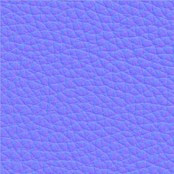 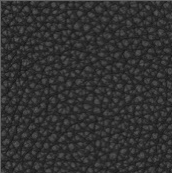   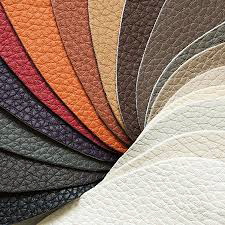
|
Environments requirements | |
Filetype | Recommended: High Dynamic Range Images with 16 or 32-bit information in .exr, .hdr… Minimum: Environment maps with 8-bit information in any common image format (.jpg, .png, .tiff, .psd...). |
Image quality | Recommended: 4096 x 2048 pixels in equirectangular format. Minimum: 2048 x 1024 pixels in equirectangular format. |
Examples | 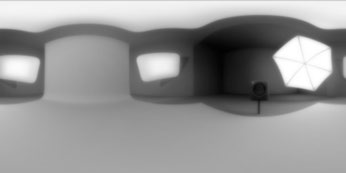 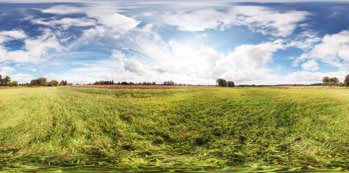 |
Background templates requirements | |
Filetype | Recommended: Layered Photoshop file (.psd). Minimum: Any common image format (.jpg, .png, .tiff, .psd...) |
Image quality | Recommended: Width of 2048 pixels or more. Minimum: Width of 1440 pixels |